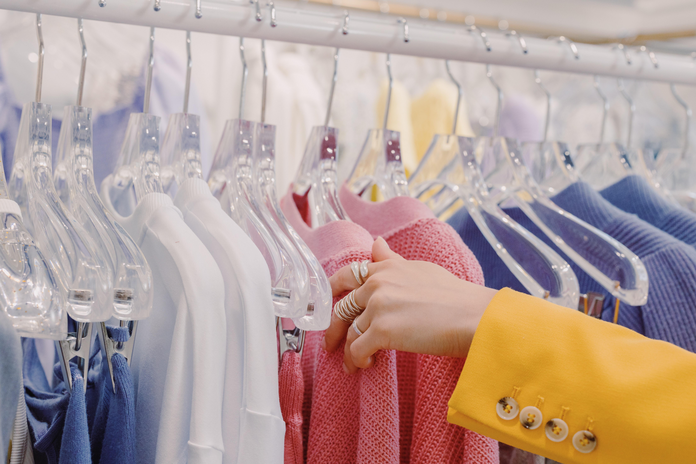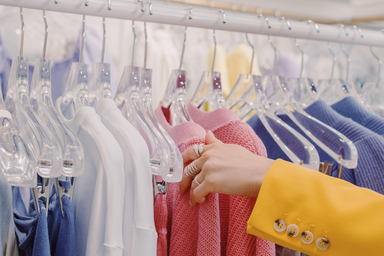Over the past year or so, Zara has become the “it” spot for trendy people, from teenagers to those in their middle age. Teens and influencers are posting Zara hauls all over their social media and stores are more crowded than they have ever been. Zara has also risen to the top of many people’s shopping lists because of their advertising and how they uniquely pose their models. Many new customers have been attracted to the company because these campaigns frame Zara models in high-end, designer poses, thus marketing the company as more affluent; those who seek that type of style have become fans of the brand.
Most people my age who are into fashion would be excited to hear these things — not me.
I am a Zara veteran. I have been shopping there with my mom since I was about six years old. It has always been a treat for me — my friends know this. It has been a pleasure to shop there and I have always looked forward to it — until this year.
Zara has recently become a chaotic hell for shoppers. Many have reverted to online shopping, which from personal experience is not all that much better. Online orders have recently taken three months to arrive with missing items lost somewhere in the online void. During the height of the pandemic, stores had a “no fitting room” policy so consumers would grab anything that first catches their glimpse and wait in line for hours, only to have to wait in that line again when returning all the items you thought would look so hot on you as they did on the mannequin. Now that some stores are loosening their grip on fitting room policies, lines for fitting rooms circle around stores.
Shopping at Zara is no longer a calming experience, but rather tiring. By the time you have decided what you want to buy, you are forced to decide if you want to wait in line for what feels like hours while you overheat.
As a seasoned vet, seeing what has happened to Zara is quite upsetting to me. Zara used to be a place for business casual wear and modest yet stylish clothing — a style that I have been notoriously known to dress in. I was once proud to own clothes from Zara and felt confident in them.
These days, I try not to shop at Zara because I know how the experience will make me feel. Not only is the physical experience uncomfortable, but as someone with crippling body dysmorphia, it can be hard shopping at stores like Zara that have a limited size range. Every time I shop at Zara, I have to bring three different pant sizes with me to the dressing room because I never know what kind of fit it will be — it is constantly changing.
To be honest, Zara’s sizing lacks inclusivity and diversity. By trying to fit in with other trendy stores and the new vintage looks, they have lost a large portion of their customers. The quality of clothing has decreased significantly and most of their clothes will only fit a typical size 00 to maybe an 8, but I think even that is stretching it. Because they have picked up a lot of trendy styles, their items are in high demand, so Zara has the power to raise the price of their clothing — even as the quality of the clothing decreases.
For those like me who appreciate high quality, reasonably priced, fun, business casual clothing, I have no solutions or suggestions for you, which sounds grim. Unfortunately, high-quality clothing often comes at a price and some of my favorite brands have become just as expensive. Some of my favorites for old-school Zara style clothing are & Other Stories, Anthropology, and J. Crew.
I’m curious about those who are new customers, or loyal consumers like me who see Zara’s change as a positive. Make your argument and maybe you’ll convince me to return to my very first favorite store.


